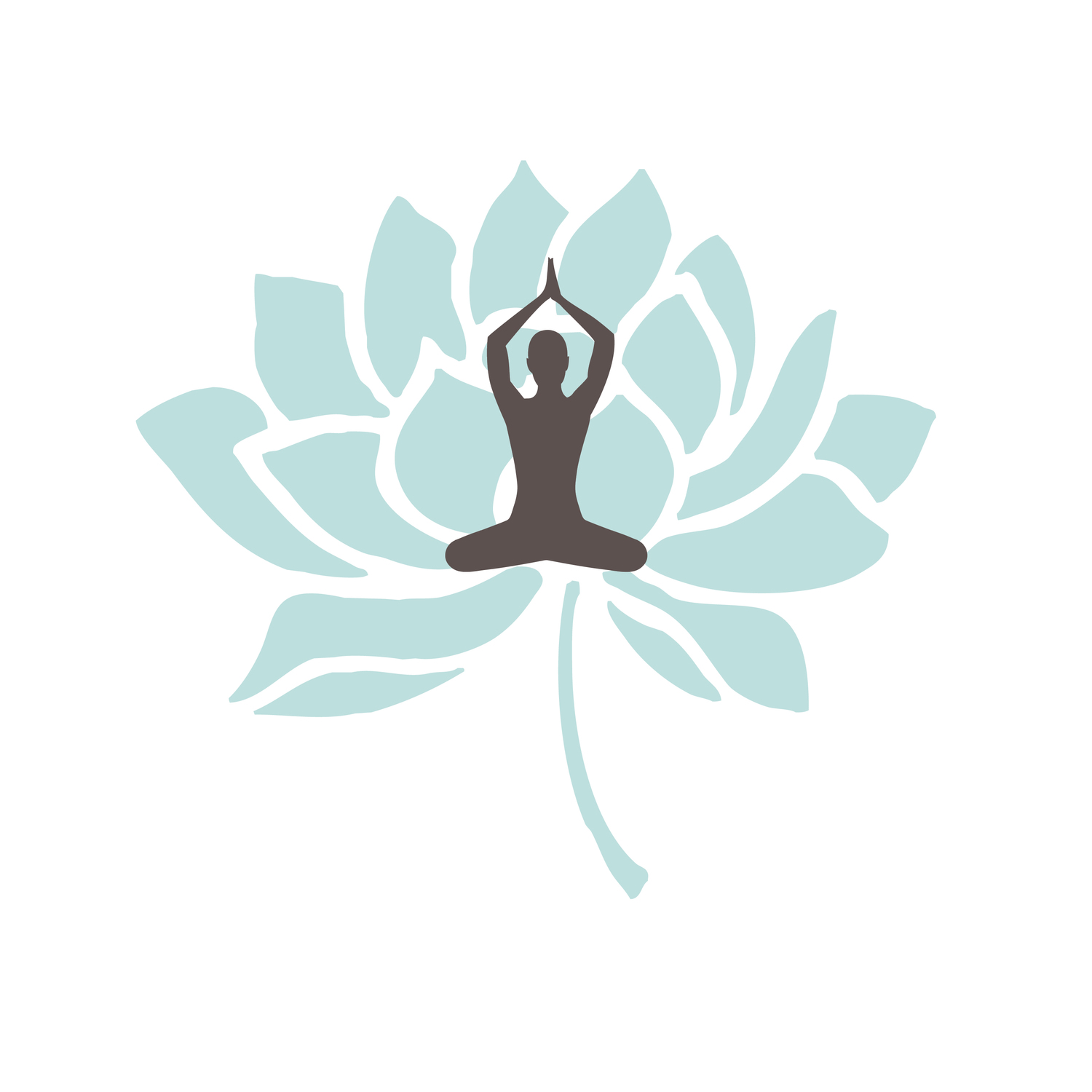Mahatma Gandhi said that purity is “an inherent attribute of the soul.” On the yoga mat, the postures and breathing are said to purify the body.
Purity (saucha) is the first practice called out in yoga’s Second Limb, which provides a guide to personal conduct. But this precept goes beyond hygiene — developing habits around purity can contribute to better health, a calm mind, and an aesthetically pleasing environment.
Here are three “purifying” practices that you could do at work:
Just for today, avoid the donut.
For your body: We only get one body in this life — being mindful about what goes into it only makes sense. No doubt it can be difficult to choose fresh, nutrient-rich foods in the face of demanding work schedules and working lunches of cheap, convenient fast-food. (Not to mention those donuts in the break room!) But science is now revealing the true cost of a steady diet of processed, engineered, and sugary foods. It isn’t pretty.
How
to create a “cleaner” food habit? Consider keeping a food journal for a
few days. In addition to notes about what you eat, describe how it
makes you feel. How do foods affect your energy levels, the clarity of
your thinking, and your moods? If you get motivated to change, start
small. If your body is your temple, begin purifying one day a week by eating only fresh,
healthy foods. Or vow to forgo one unhealthy habit completely — say no
to that soda, or fried foods or, yes, that last donut in the break
room. Expand your practice from there.
Clean the cluttered mind.
For your mind: Is your mind polluted with unchecked mental chatter? How often do you simmer in the sewer of your thoughts, stewing about what is wrong rather than what’s working well? Getting rid of the clutter in your mind enhances your ability to process information, focus intently, and think creatively. One friend of ours told us about her morning ritual of "emptying the garbage in her mind" with a short meditation. If lists work for you, consider keeping them short and realistic. Setting a timer also can help create short bursts of “pure focus.”
For your environment: I have had coworkers whose system of towering stacks of scattered folders worked for them. But clutter and disorganization is usually distracting and inefficient. How much time gets lost when you can’t find what you need in the mess?
One pile at a time.
Purifying your space doesn't have to be an all-day project. Consider starting with one shelf, one drawer, or one file cabinet. As you go through the papers and desk detritus, ask yourself "When is the last time I used this? Do I have a plan for it? Might someone else have a use for it? Is this something I really need, or something I am attached to for other reasons?" Soon you’ll have a clean, organized workspace.







